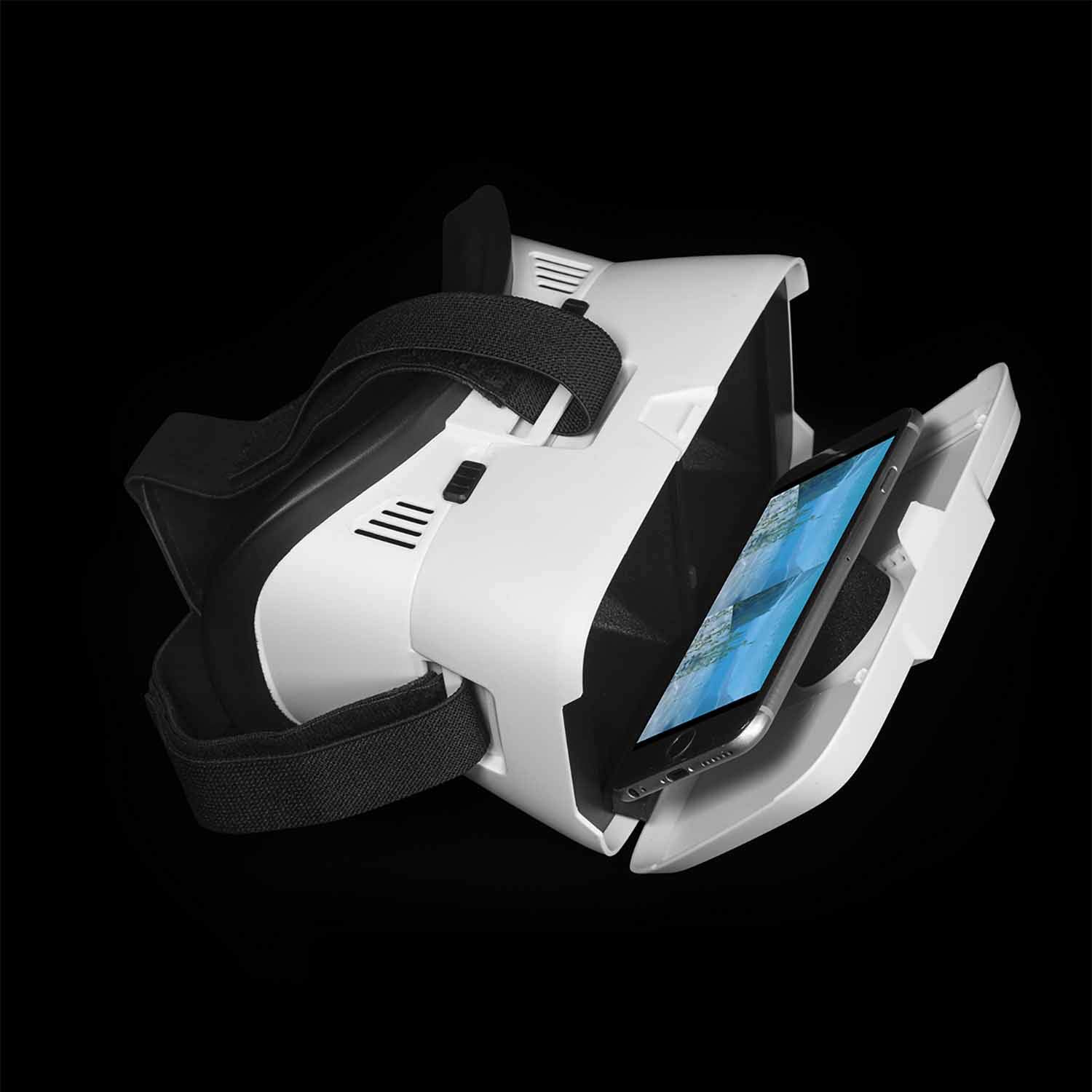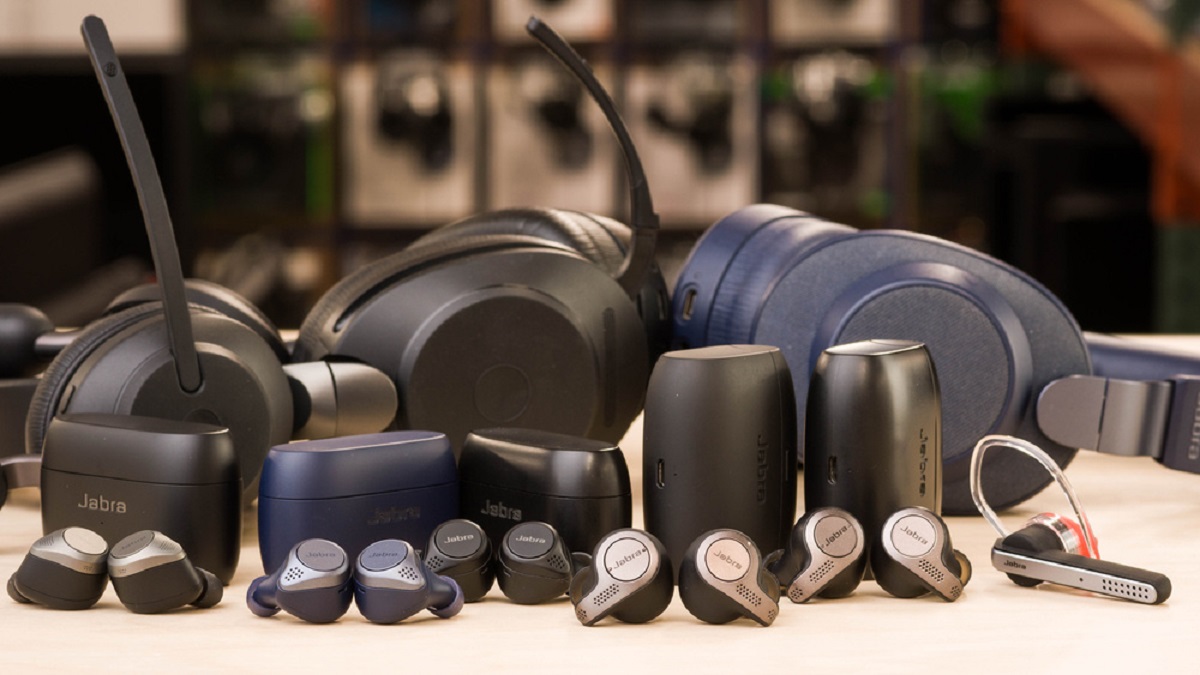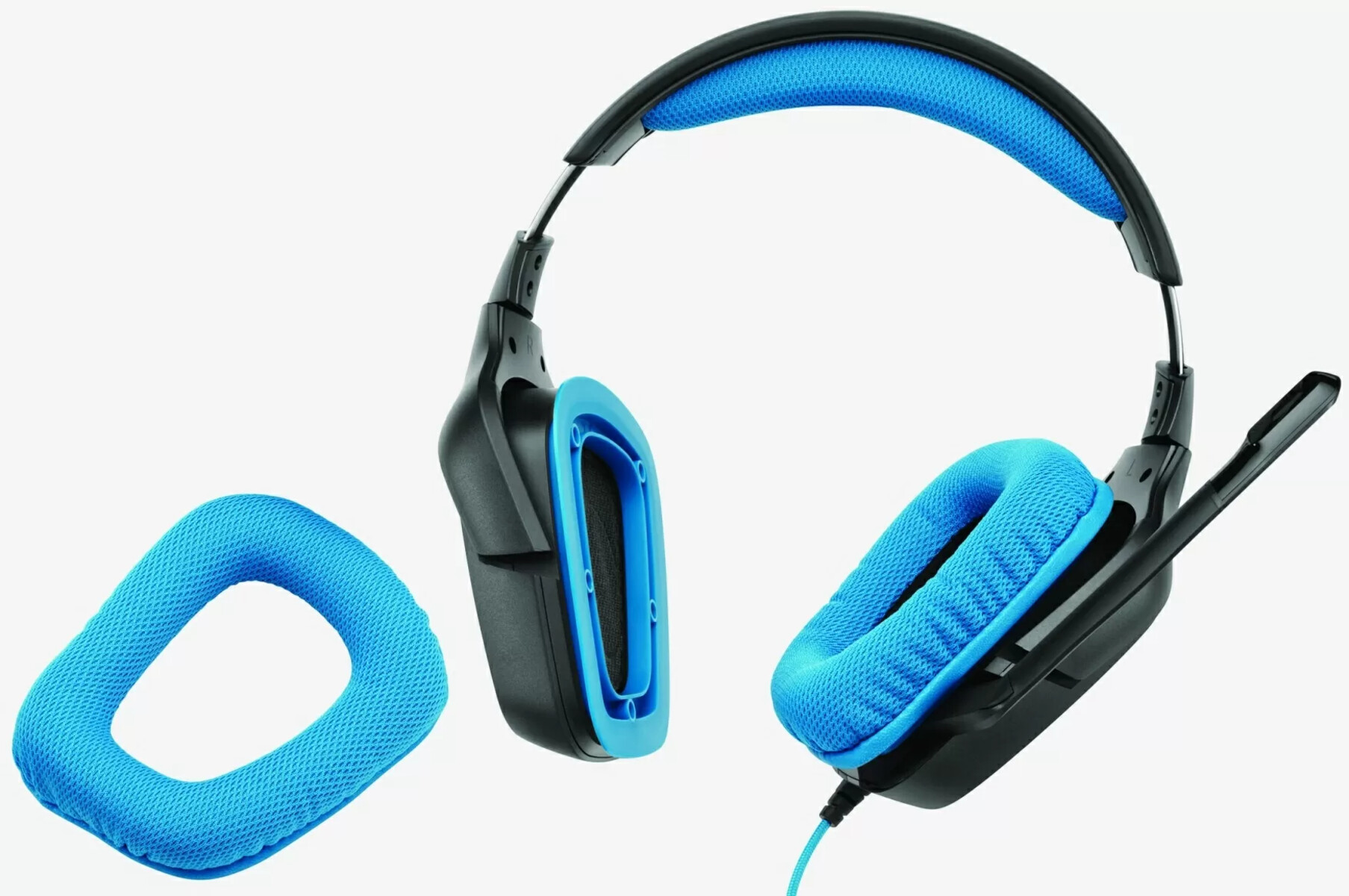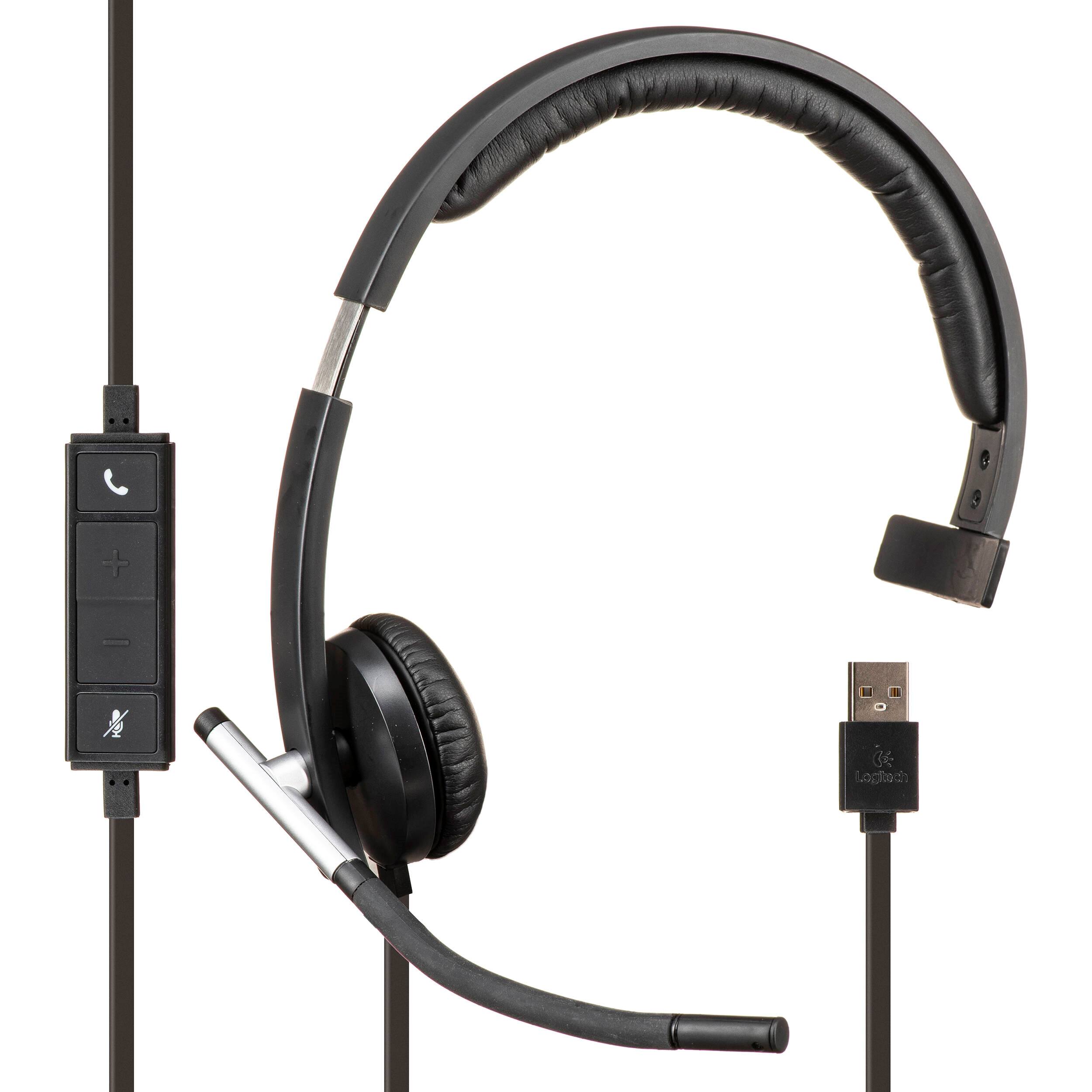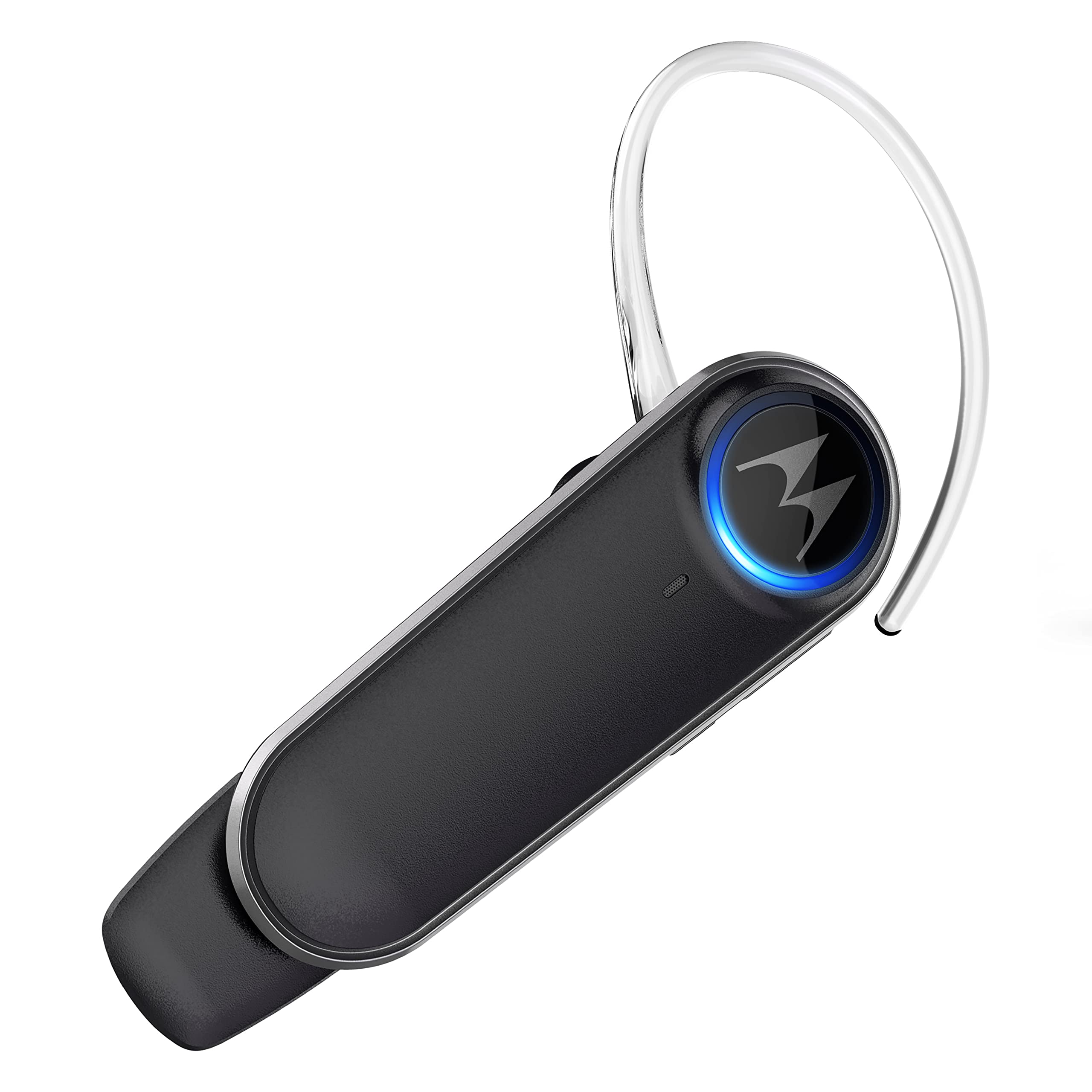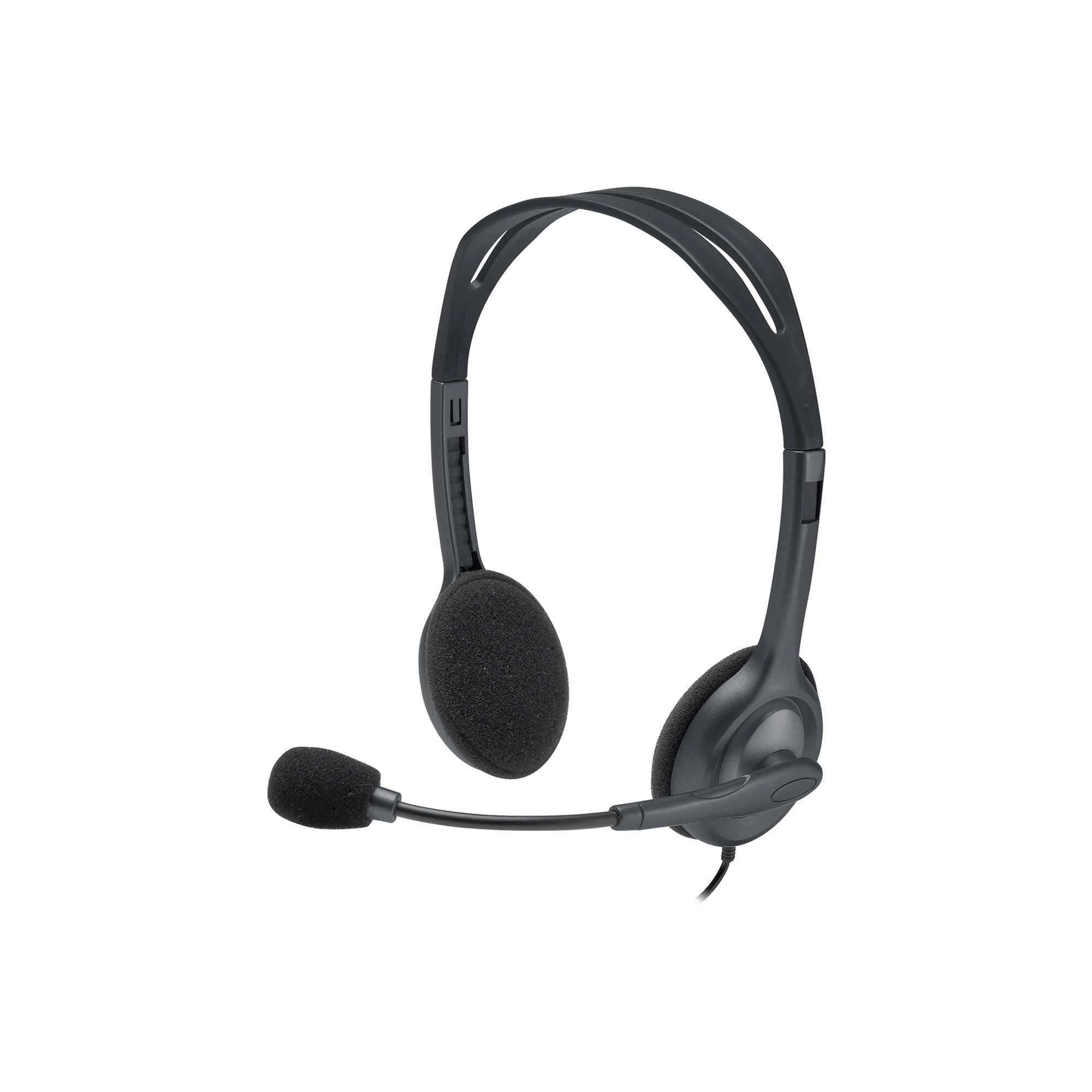Introduction
When it comes to choosing the right headset for your audio needs, the decision between mono and stereo can significantly impact your listening experience. Understanding the differences between these two types of headsets is crucial in making an informed decision that aligns with your preferences and usage. Mono and stereo headsets have distinct features and applications, each offering unique benefits and limitations. By delving into the intricacies of mono and stereo headsets, you can gain a deeper understanding of their functionalities and determine which option best suits your requirements.
As we embark on this exploration, it's essential to grasp the fundamental disparities between mono and stereo headsets. While both types serve the purpose of delivering audio content, they do so in distinct ways, ultimately influencing the quality and depth of the sound produced. By unraveling the intricacies of these headsets, we can shed light on their individual merits and demystify any misconceptions surrounding their usage. Let's delve into the world of audio headsets, where the choice between mono and stereo holds the power to transform your auditory experience.
What is Mono Headset?
A mono headset, short for monaural headset, is a single-earpiece audio device designed to deliver sound through one ear. This type of headset is equipped with a single speaker, allowing the user to hear audio content from one channel. Mono headsets have been a staple in the realm of telecommunications and audio playback for decades, offering a practical and versatile solution for individuals seeking hands-free communication and audio listening capabilities.
The design of a mono headset is characterized by its single earcup, which comfortably rests on one ear, leaving the other ear free to perceive ambient sounds. This feature makes mono headsets an ideal choice for individuals who require situational awareness while engaging in phone conversations or listening to audio content. Moreover, mono headsets are commonly used in call centers, customer service environments, and professional settings where the ability to hear one's surroundings is essential.
The functionality of a mono headset extends beyond mere audio playback. With integrated microphones, mono headsets facilitate seamless communication, allowing users to engage in clear and coherent conversations without the need to hold a phone or device. This hands-free convenience makes mono headsets a practical accessory for multitasking individuals who need to stay connected while attending to other tasks.
In the realm of mobile devices, mono headsets have maintained their relevance, offering a straightforward and efficient solution for users seeking a compact and lightweight audio accessory. Whether used for making phone calls, listening to podcasts, or participating in virtual meetings, mono headsets provide a reliable means of audio communication without the bulk and complexity of traditional headphones.
In summary, a mono headset embodies simplicity and functionality, catering to users who prioritize practicality and ease of use in their audio devices. Its single-ear design, coupled with hands-free communication capabilities, renders it a versatile and indispensable tool for various professional and personal audio needs.
What is Stereo Headset?
A stereo headset, also known as a stereophonic headset, represents a pivotal advancement in audio technology, revolutionizing the way users experience sound. Unlike its mono counterpart, a stereo headset is equipped with two earpieces, delivering audio through separate channels to each ear. This dual-channel configuration enables the reproduction of multi-dimensional sound, creating a sense of depth and immersion that resonates with the nuances of audio content.
The hallmark of a stereo headset lies in its ability to replicate the spatial aspects of sound, effectively capturing the intricacies of music, movies, and immersive gaming experiences. By leveraging the distinct left and right audio channels, stereo headsets offer a heightened auditory experience, allowing users to perceive a wide spectrum of frequencies and directional cues. This spatial awareness contributes to a more engaging and lifelike audio encounter, making stereo headsets the preferred choice for individuals who seek an immersive and dynamic listening experience.
In addition to its prowess in audio reproduction, stereo headsets are revered for their versatility across various multimedia platforms. Whether indulging in music, movies, or virtual reality applications, the dual-channel audio delivery of stereo headsets enriches the overall sensory experience, elevating the enjoyment and engagement of the content being consumed. Furthermore, the spatial audio capabilities of stereo headsets are particularly advantageous in gaming scenarios, where precise audio localization can significantly enhance gameplay and immersion.
The design of a stereo headset encompasses two earcups, each housing a speaker dedicated to delivering distinct audio signals. This arrangement effectively simulates the natural auditory perception of the human ear, enabling users to discern the spatial positioning of sound sources and appreciate the full spectrum of audio content. The balanced distribution of sound across both ears contributes to a more holistic and immersive listening experience, transcending the limitations of traditional mono audio output.
In summary, a stereo headset epitomizes the evolution of audio technology, offering a multi-dimensional and immersive auditory journey for users across diverse media platforms. Its dual-channel audio delivery, coupled with spatial awareness capabilities, positions the stereo headset as an indispensable accessory for individuals who prioritize an enriched and captivating audio experience.
Differences between Mono and Stereo Headsets
The disparities between mono and stereo headsets encompass a spectrum of audio characteristics and user experiences, delineating their distinct functionalities and applications. These disparities are pivotal in guiding users towards selecting the most suitable headset for their specific audio needs. Let's delve into the fundamental differences that set mono and stereo headsets apart:
Audio Output Configuration
The primary variance between mono and stereo headsets lies in their audio output configuration. Mono headsets feature a single earpiece and speaker, delivering sound through a solitary channel. In contrast, stereo headsets are equipped with dual earpieces and speakers, facilitating the transmission of audio through separate left and right channels. This divergence in audio output fundamentally shapes the spatial perception and depth of the sound experienced by users.
Spatial Awareness and Immersion
Stereo headsets excel in reproducing spatial audio, offering users a heightened sense of immersion and spatial awareness. By delivering distinct audio signals to each ear, stereo headsets create a multi-dimensional auditory environment, enabling users to discern the directionality and spatial positioning of sound sources. This spatial fidelity enhances the overall audio experience, particularly in music, movies, and gaming, where immersive soundscapes are paramount.
Versatility Across Media Platforms
Stereo headsets are renowned for their versatility across a myriad of multimedia platforms, including music, movies, gaming, and virtual reality applications. The dual-channel audio delivery of stereo headsets enriches the sensory experience, allowing users to fully appreciate the nuances and spatial dynamics of the audio content being consumed. In contrast, mono headsets, while proficient in audio communication, may lack the depth and spatial fidelity required for immersive multimedia experiences.
Hands-Free Communication vs. Immersive Audio
Mono headsets are favored for their practicality in hands-free communication, making them an ideal choice for phone conversations, customer service environments, and professional settings where situational awareness is crucial. On the other hand, stereo headsets cater to users seeking an immersive and dynamic audio experience across various media platforms, leveraging their spatial audio capabilities to deliver a captivating auditory journey.
User Preference and Application
The choice between mono and stereo headsets ultimately boils down to user preference and intended application. While mono headsets prioritize simplicity, hands-free communication, and situational awareness, stereo headsets elevate the audio experience through spatial fidelity, immersion, and versatility across multimedia platforms. Understanding these disparities empowers users to make informed decisions aligned with their distinct audio requirements and preferences.
In essence, the differences between mono and stereo headsets encompass a spectrum of audio attributes, spatial fidelity, and user experiences, each catering to specific audio needs and preferences. By discerning these disparities, users can navigate the diverse landscape of audio headsets with clarity and confidence, ensuring that their chosen headset aligns seamlessly with their desired auditory journey.
Benefits of Mono Headsets
Mono headsets offer a myriad of benefits that cater to the practical and communication-centric needs of users across diverse environments. These advantages position mono headsets as indispensable tools for hands-free communication and audio playback, seamlessly integrating into professional and personal spheres. Let's explore the distinctive benefits of mono headsets:
-
Situational Awareness: The single-ear design of mono headsets allows users to retain awareness of their surroundings while engaging in phone conversations or audio playback. This feature is particularly valuable in professional settings, such as call centers and customer service environments, where employees need to stay attuned to their surroundings while communicating effectively.
-
Hands-Free Communication: Mono headsets facilitate hands-free communication, enabling users to engage in clear and coherent conversations without the constraints of holding a phone or device. This hands-free convenience enhances productivity and multitasking capabilities, making mono headsets an ideal choice for individuals who need to stay connected while attending to other tasks.
-
Portability and Convenience: Mono headsets are inherently compact and lightweight, making them convenient accessories for individuals on the go. Whether used for making phone calls, participating in virtual meetings, or listening to audio content, the portability of mono headsets ensures that users can seamlessly integrate them into their daily routines without added bulk or complexity.
-
Compatibility and Accessibility: Mono headsets are widely compatible with a range of devices, including smartphones, tablets, and computers, offering users a versatile audio solution that seamlessly integrates with their existing technology. This accessibility ensures that users can leverage mono headsets across various platforms, enhancing their communication and audio playback experiences.
-
Cost-Effectiveness: Mono headsets present a cost-effective audio solution for users seeking practicality and functionality. With their streamlined design and focus on essential audio communication, mono headsets offer a budget-friendly option without compromising on quality or performance, making them an accessible choice for individuals and businesses alike.
In essence, the benefits of mono headsets encompass situational awareness, hands-free communication, portability, compatibility, and cost-effectiveness, catering to the diverse needs of users in professional and personal settings. These advantages solidify the role of mono headsets as indispensable tools for seamless communication and practical audio playback, empowering users to stay connected and engaged with unparalleled convenience and efficiency.
Limitations of Mono Headsets
While mono headsets offer practicality and hands-free communication benefits, they are not without limitations that warrant consideration. Understanding these constraints is crucial in making an informed decision regarding the suitability of mono headsets for specific audio needs and preferences.
-
Monoaural Audio Experience: The fundamental limitation of mono headsets lies in their monaural audio delivery. With sound transmitted through a single earpiece, users may experience a restricted auditory landscape, lacking the spatial depth and immersion afforded by stereo headsets. This limitation becomes apparent when engaging with multimedia content that relies on multi-dimensional audio cues and directional sound placement.
-
Immersive Multimedia Playback: In the realm of multimedia consumption, mono headsets may fall short in delivering an immersive audio experience. Whether enjoying music, movies, or gaming, the monaural nature of audio reproduction may limit the user's ability to fully appreciate the spatial dynamics and directional nuances embedded within the content. This can detract from the overall sensory engagement and enjoyment of multimedia experiences.
-
Spatial Awareness Limitations: While the situational awareness aspect of mono headsets is advantageous in certain scenarios, it can also be a limitation in environments where complete auditory immersion is desired. The single-ear design, while allowing users to remain attuned to their surroundings, may compromise the ability to fully immerse oneself in audio content, particularly in settings where isolation from ambient noise is preferred.
-
Professional Audio Production: For individuals involved in audio production, editing, or sound engineering, the monaural output of mono headsets may present limitations in accurately assessing stereo imaging, spatial effects, and channel balance. The inability to perceive audio content through both ears simultaneously can hinder the precision and fidelity required in professional audio work.
-
Multichannel Audio Content: With the prevalence of multichannel audio formats in modern media, such as surround sound and immersive audio technologies, mono headsets may not fully capture the intricacies and spatial intricacies embedded within these formats. This limitation can diminish the user's ability to experience content as intended by content creators, particularly in cinematic and gaming contexts.
In summary, while mono headsets excel in practicality and hands-free communication, their limitations encompass a constrained audio experience, potential shortcomings in immersive multimedia playback, spatial awareness constraints, limitations in professional audio production contexts, and potential drawbacks in experiencing multichannel audio content. Understanding these limitations empowers users to make informed decisions regarding the suitability of mono headsets for their specific audio needs and usage scenarios.
Conclusion
In the realm of audio headsets, the choice between mono and stereo holds the power to shape the auditory journey of users, influencing their communication, productivity, and sensory engagement. The exploration of mono and stereo headsets has unveiled a tapestry of attributes, benefits, and limitations, guiding users towards informed decisions aligned with their distinct audio needs and preferences.
Mono headsets, with their single-ear design and focus on practical communication, offer a seamless hands-free solution for individuals navigating professional environments and daily tasks. Their portability, compatibility, and cost-effectiveness make them accessible and versatile accessories, catering to the essential audio communication needs of users across diverse platforms. However, the monaural audio delivery of mono headsets may limit the immersive and spatial aspects of multimedia playback, posing constraints in scenarios where an enriched auditory experience is paramount.
On the other hand, stereo headsets emerge as a gateway to multi-dimensional audio immersion, leveraging dual-channel audio delivery to create a captivating and spatially aware listening experience. Their versatility across multimedia platforms, spatial fidelity, and ability to replicate the nuances of sound position them as indispensable companions for music enthusiasts, movie aficionados, and avid gamers seeking an elevated sensory journey. However, the immersive capabilities of stereo headsets may not align with the practical communication and situational awareness needs of certain users, particularly in professional settings that require attentiveness to ambient sounds.
Ultimately, the choice between mono and stereo headsets hinges on a user's unique audio requirements, usage scenarios, and sensory preferences. By understanding the distinct attributes and applications of mono and stereo headsets, users can navigate the audio landscape with clarity, selecting a headset that seamlessly integrates into their professional and personal audio experiences.
As technology continues to evolve, the realm of audio headsets will undoubtedly witness further advancements, blurring the boundaries between practical communication and immersive auditory experiences. Whether embracing the simplicity of mono headsets or delving into the multi-dimensional realm of stereo headsets, users are poised to embark on an auditory journey that aligns with their individuality, preferences, and audio aspirations. The world of audio headsets beckons, offering a symphony of choices and possibilities, each resonating with the diverse needs and desires of users seeking to elevate their auditory encounters.











